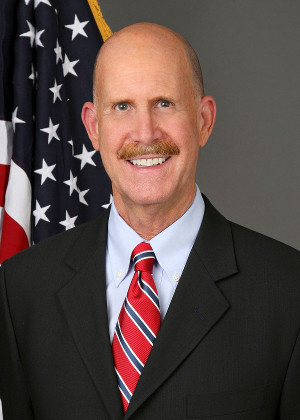Foreword

Director
National Institute for Occupational Safety and Health
Healthcare and Social Assistance (HCSA) was the largest industry sector in the United States in 2010, with an estimated 18.9 million workers. Most workers enter the healthcare industry with the desire to assist people who are suffering from physical or psychological pain. Unfortunately, many of these same workers are victims of violence at the hands of the very people they are trying to help and comfort. Over the last decade, healthcare workers have accounted for approximately two-thirds of the non-fatal workplace violence injuries involving days away from work. This places healthcare workers at a risk of assault requiring time off from work that is almost 5 times greater than the overall workforce. As astonishing as these numbers are, they do not include psychological trauma from verbal assaults in the healthcare setting or less severe physical assaults that do not require time off from work. Additionally, underreporting of patient on worker assaults is reported in the literature as very common among healthcare workers and nurses in particular. The perception in healthcare that being assaulted verbally or physically is "part of the job" may be responsible for some of the underreporting.
Discussions with healthcare professionals over the years have revealed a need for readily available training in workplace violence prevention. Therefore, the intent of this course is to provide workplace violence prevention strategies for nurses and to offer free continuing education units for completion of the training.
This course was developed by a diverse group of practitioners, labor representatives, and researchers. It is designed to be used as a stand-alone course or as part of a more comprehensive workplace violence prevention program. The interactive course content covers: definitions of workplace violence and types of violence nurses experience most in the workplace; risk factors that place nurses at greater risk; prevention and intervention strategies to reduce the magnitude and severity of violent incidents; and post-incident response criteria for workers and employers. Additionally, case studies offer expert analyses of real-life scenarios and interviews of nurses that provide candid discussions of the affects workplace assaults have on healthcare providers physically and psychologically.
We hope this course will serve as a catalyst for nurses and other healthcare workers in their quest for knowledge related to keeping themselves, co-workers, and patients safe in the workplace.